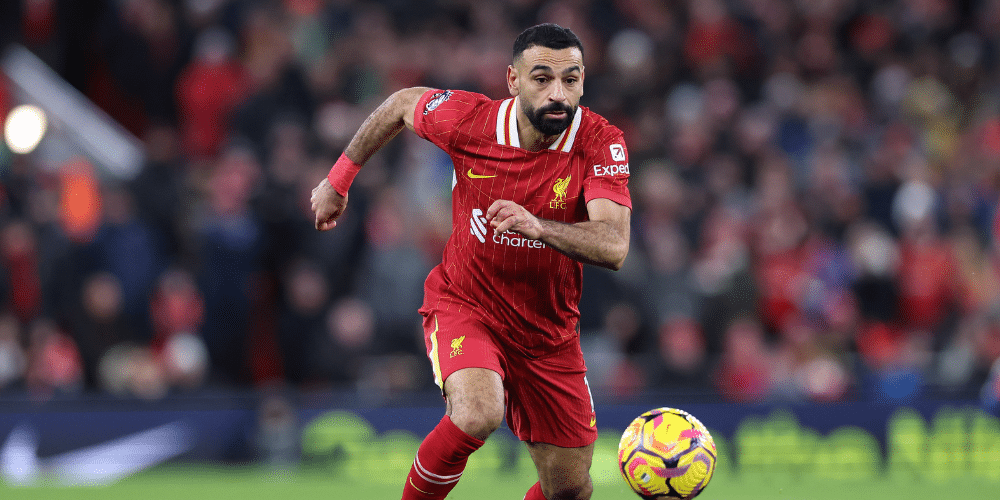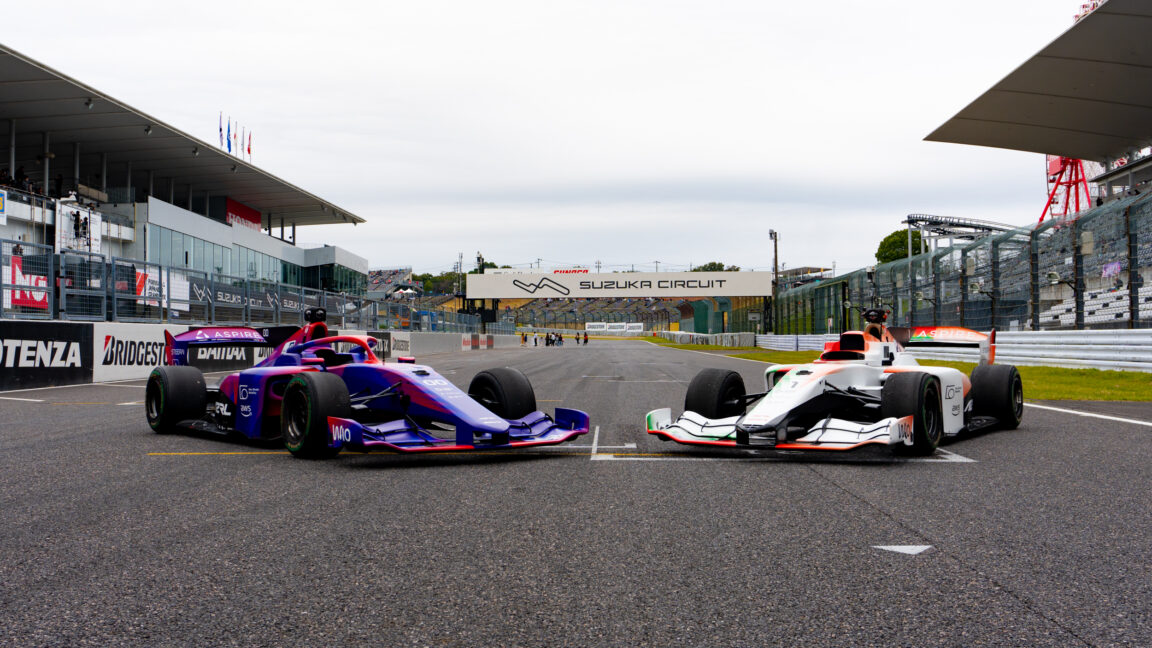Sports
The RSN is dying. What’s next for sports broadcasting? – Marketplace

After a nearly three month blackout, regional sports network giant Diamond Sports Group resumed broadcasts to its more than a dozen markets across the country on Aug. 1. However, continued contract disputes between broadcasters are making many teams and leagues move away from the RSN model that’s been dominant for decades.
Other networks aren’t immune to blackouts, either. Disney has been making headlines for their recent broadcast disputes with cable provider DirecTV; roughly 11 million tennis fans were cut off from watching the U.S. Open mid-tournament due to Disney’s ongoing ESPN broadcast negotiations with DirecTV.
Unlike the NFL or MLS, which are typically broadcast on national networks like Fox or ESPN, leagues like the MLB, NBA and NHL have historically relied on RSNs, special channels that broadcast live sports to local markets, to bring the majority of their games to fans in different geographic areas.
The system worked like this: teams sold their TV rights to RSNs, which sold them to distributors like Comcast or DirecTV to bundle in their cable packages for an additional monthly fee. And it worked. RSNs generated billions for teams, increased player salaries and lined owners’ pockets with sweetheart distribution deals.
Diamond Sports Group was supposed to be the ultimate RSN provider. Sinclair Broadcast Group launched the subsidiary in 2019 as Bally Sports after acquiring 21 regional sports networks, including 42 teams across MLB, NHL and NBA in a $10.6 billion deal.
The problem? Cord-cutting. Millions of Americans no longer want to pay for cable packages, which cut into RSN revenue and led distributors to question whether it was worth carrying them. DSG filed for Chapter 11 bankruptcy in 2023, and several teams turned to their respective leagues to broadcast their games.
Tensions reached a boiling point in May when Comcast’s carriage agreement with DSG expired, leaving fans in DSG’s 18 remaining markets without access to live broadcasts. The blackout ended on Aug. 1 with a new deal placing live games in 15 markets on its “Ultimate TV” package – the company’s most expensive.
“With certainty on our distribution, we are focused on finalizing an agreement with the NHL and resolving our ongoing negotiations with the NBA,” Diamond Sports CEO David Preschlack said in a statement following the agreement. “We are mindful that time is of the essence with basketball and hockey seasons fast-approaching, and once agreements with our team and league partners are complete, we intend to move expeditiously to present a plan of reorganization.”
While the new deal was struck before the NBA and NHL seasons begin in the fall, the blackout was a massive disruption for baseball fans, wiping out access to roughly half the season for affected customers.
Cutting out the middle man
The new deal also wasn’t good enough for some teams. The Dallas Stars and Anaheim Ducks joined together in a direct-to-consumer streaming model. Similarly, the Utah Jazz created Jazz+ and the Phoenix Suns created their own app to bring every game plus exclusive content to fans.
Since launch, these new platforms have attracted tens of thousands of subscribers, something Jeremi Duru, a professor at American University’s Washington College of Law, said will likely be worth the massive undertaking for teams in order to preserve their long-term success.
“As forward-thinking as we all seek to be, the majority of those who are in these organizations, more of them are closer to the boomer age than the 25-year-old graduate streaming games,” Duru said. “You end up having something like this shot to the system where your partner goes bankrupt and forces you into thinking in a more forward direction.”
Some teams have already flirted with the direct-to-consumer subscription model before it was cool for other teams to follow suit. The Yankees’ own RSN, YES Network, began employing it last year, garnering $143 million for the club in 2023 alone.
Any new RSN deals in the future won’t change the fact that the model is becoming obsolete, Duru said, with financial strains only accelerating the process. More importantly, the future of sports entertainment will be shaped not just by the large markets that are already building their own streaming infrastructure, but the leagues who embrace and copy their success.
“The entities that are able to best figure out this next generation of getting the content to consumers and doing it the most effectively are going to be the ones that produce what truly is America’s league of the future,” Duru said.
A slow but steady expansion of options
Before starting his 40-year broadcasting career with the Minnesota Twins, Dick Bremer remembers how watching baseball games used to be. He remembers memorizing 50-game TV schedules from the grocery store when the Twins came to town in 1961 and listening to the radio to catch games when he moved to Missouri when he was 10.
As a special treat, Saturday’s game of the week brought access to out-of-market games to let Bremer watch the game’s best: Roberto Clemente, Pete Rose, Bob Gibson and the like. A league rule at the time promising each team two nationally televised games per season even allowed Bremer to watch his Twins play on TV.
“That rule that was in place was my lifeline, really, to staying connected to the Twins,” Bremer said. “It helped fuel my passion for the game of baseball, especially the Twins.”
That passion helped Bremer jump into the booth as the Twins’ lead broadcaster in 1983, beginning a career that saw the ups and downs of playoff droughts and two World Series championships. Along the way, though, Bremer said he saw the narrative around attracting fans to the ballpark shift.
“You watch the game. If you’re interested as a viewer, that’s the impetus very often to going ahead and going to a game, buying a ticket and being there in person,” Bremer said. “It’s flip-flopped completely from when I was a little kid, when there was concern that the telecasts themselves would cause fans to reach a saturation point.”
Not only is that saturation great for fans like Bremer who can now switch on any game he pleases, but increased broadcast accessibility for viewers brings new excitement for any sport, he said. There are new teams to watch, more players to become fans of and an air of excitement over the unpredictability of a new season.
“To have baseball be so accessible at just about every level, it’s just wonderful for the sport,” Bremer said. “I expect moving forward, the landscape for sports television will continue to change. But the bottom line, I hope, will be that if you want to watch something, it’ll be out there. You just have to figure out how to watch it.”
There’s a lot happening in the world. Through it all, Marketplace is here for you.
You rely on Marketplace to break down the world’s events and tell you how it affects you in a fact-based, approachable way. We rely on your financial support to keep making that possible.
Your donation today powers the independent journalism that you rely on. For just $5/month, you can help sustain Marketplace so we can keep reporting on the things that matter to you.










